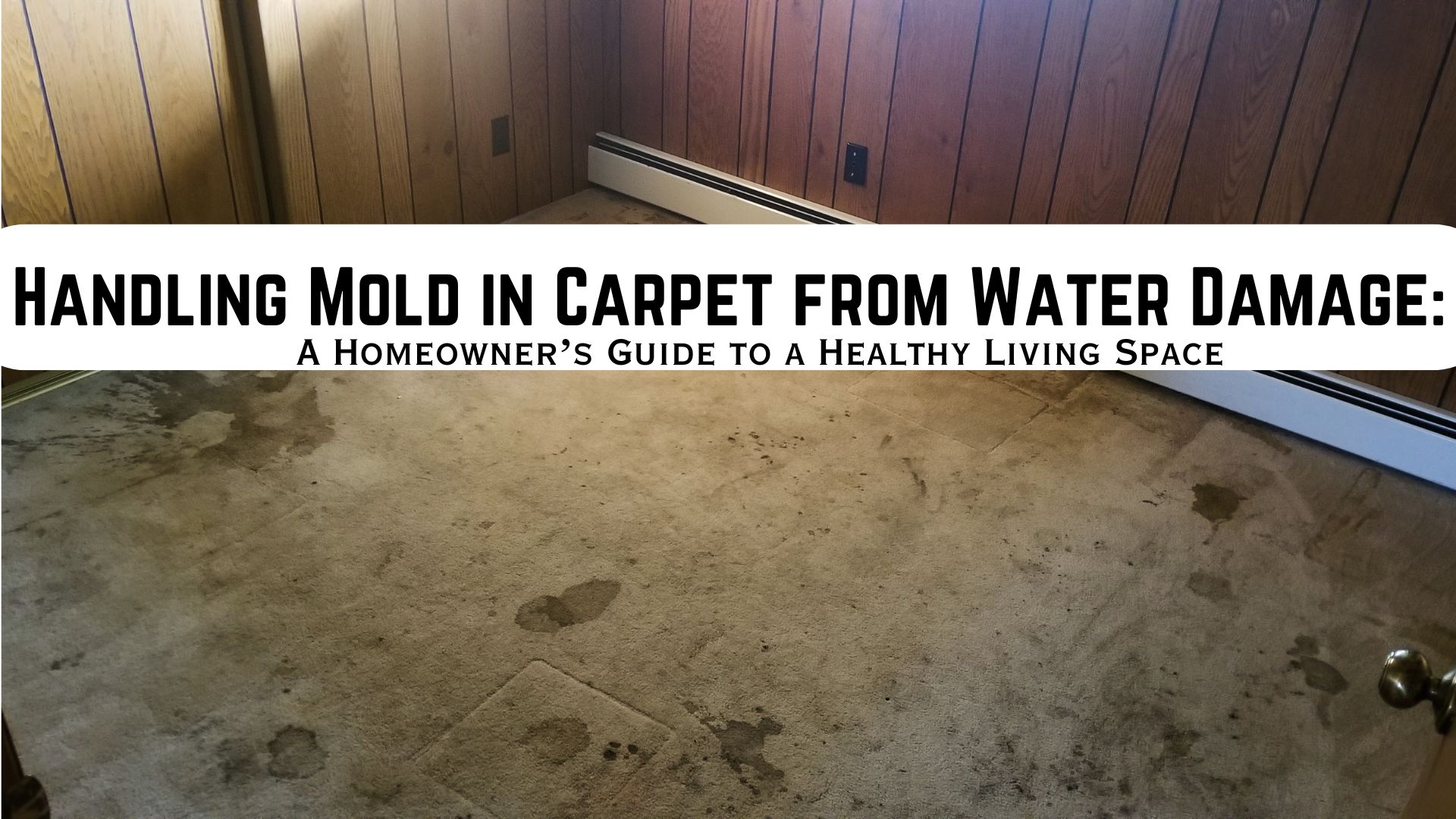
Dealing with Rain-Related Water Damage
Rain, the lifeblood of our planet, can sometimes turn into a destructive force when it comes to our homes and properties. While we often appreciate the soothing sound of raindrops, it can bring along a host of issues, including water damage. Whether it’s a leaky roof, flooded basement, or water seeping through cracks, rain-related water damage can wreak havoc on your property if left unchecked. In this comprehensive guide, we’ll delve into the causes, signs, prevention, and mitigation strategies for rain-related water damage.
Causes of Rain-Related Water Damage
- Roof Leaks: One of the most common causes of rain-related water damage is a leaky roof. Over time, wear and tear, as well as severe weather conditions, can compromise the integrity of your roof, allowing water to seep through cracks, missing shingles, or damaged flashing.
- Poor Drainage: Inadequate drainage systems around your property can lead to water pooling around the foundation, causing seepage into basements or crawl spaces. Clogged gutters and downspouts can exacerbate this issue by preventing proper water flow away from the building.
- Foundation Cracks: Cracks in the foundation walls or floors provide a direct pathway for rainwater to infiltrate your home. These cracks can develop over time due to shifting soil, poor construction, or seismic activity, allowing water to enter and cause structural damage.
- Basement Flooding: Heavy rainfall or improper grading around the property can result in basement flooding, leading to extensive water damage to belongings, electrical systems, and structural components.
Signs of Rain-Related Water Damage
- Water Stains: Look for water stains on ceilings, walls, or floors, indicating past or ongoing water intrusion.
- Mold and Mildew: Excessive moisture from rain-related water damage creates an ideal environment for mold and mildew growth, which can pose health risks and worsen indoor air quality.
- Musty Odors: A persistent musty odor in your home may indicate hidden water damage, such as mold growth within walls or beneath flooring.
- Warped or Sagging Floors: Water damage can cause wooden floors to warp, buckle, or sag, signaling moisture-related issues.
Prevention Strategies
- Regular Roof Maintenance: Schedule routine inspections and maintenance for your roof to identify and address any damage or vulnerabilities promptly.
- Proper Drainage: Ensure that gutters, downspouts, and drainage systems are clean, free-flowing, and directed away from the foundation to prevent water accumulation.
- Foundation Maintenance: Seal any cracks in the foundation and ensure proper grading around the property to divert water away from the building.
- Basement Waterproofing: Consider waterproofing solutions such as sealants, sump pumps, and French drains to protect your basement from flooding and water intrusion.
Mitigation Measures
- Prompt Water Extraction: In the event of water damage, promptly remove standing water and initiate drying procedures to prevent further damage and mold growth.
- Structural Drying: Utilize professional-grade drying equipment such as dehumidifiers and air movers to dry out affected areas thoroughly.
- Mold Remediation: Address any mold or mildew growth promptly through professional mold remediation services to safeguard the health and safety of occupants.
- Restoration and Repair: Restore and repair damaged structural components, flooring, and belongings to pre-loss condition with the help of experienced restoration professionals.
Superior Restoration Can Help
Rain-related water damage can pose significant challenges to homeowners and property managers, but with proactive prevention measures and timely mitigation efforts, the impact can be minimized. Superior Restoration offers comprehensive water damage restoration services, including water extraction, structural drying, mold remediation, and restoration to help you recover from rain-related water damage swiftly and effectively. With their expertise and advanced equipment, Superior Restoration is your trusted partner in protecting and restoring your property against the damaging effects of water intrusion.



